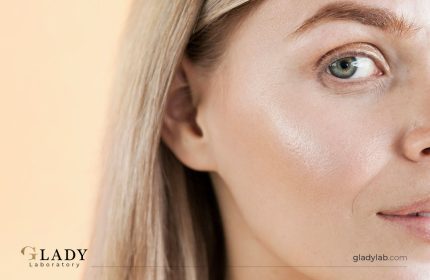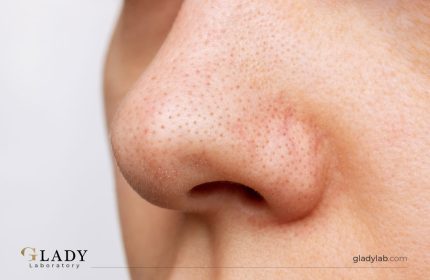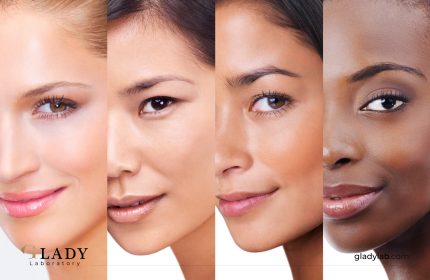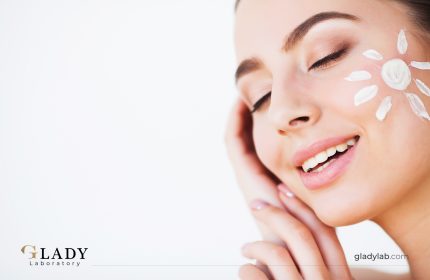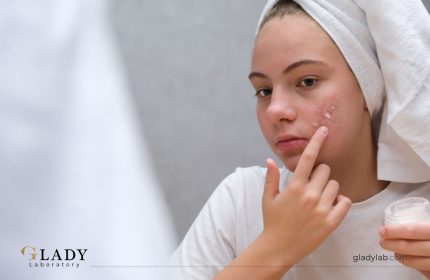The most damaging types of rays to the skin are UVA and UVB rays, which are two types of ultraviolet (UV) rays.
UVA, UVB: The difference between the types of rays and their important characteristics:. Factors contributing to this condition and its causes include:
UVA
- These rays are responsible for 90% of the signs of aging and deterioration of the skin throughout life when exposed to them without protection. They stimulate the production of melanin pigment and free radicals, which contribute to the accelerated appearance of signs of aging.
- They have a high penetration into the skin, reaching the dermis layer.
- They can penetrate through glass and are present throughout the year
- They constitute 95% of the ultraviolet rays.
When choosing a sunscreen, it is important to mention its protection against these types of rays on the packaging. However, most sunscreen formulations are not highly efficient in protecting against UVA rays.
UVB
- These rays are primarily responsible for sunburn.
- They directly stimulate the production of melanin and tanning of the skin.
- They have less penetration into the skin and do not reach the dermis.
- They do not penetrate through glass and their concentration increases in summer and in hot sunny weather
- Using a sunscreen with a good protection factor can effectively protect against these rays unlike UVA rays.
SPF
SPF (Sun Protection Factor) mainly measures the sunscreen’s ability to protect against UVB rays and does not indicate the protection against UVA rays. SPF 50: Blocks 98% of UVB rays. SPF 30: Blocks 96.7% of UVB rays. SPF 15: Blocks 93.3% of UVB rays. These percentages represent the protection against UVB rays. As for the other type of radiation, UVA, it is necessary to specify it on the sunscreen through various symbols. In order to enhance the effectiveness of sunscreen, it is preferable to choose a sunscreen that contains antioxidants, which prevent and reduce the formation of free radicals. Examples of antioxidants include ferulic acid, vitamin C derivatives, iron oxide (tinted), and vitamin E. These antioxidants strengthen the sunscreen’s effectiveness against UVA rays in particular. In summary: Sunscreen provides the greatest protection against UVB rays. Protection against UVA rays is weaker in sunscreens, so it is necessary to use antioxidants mentioned earlier to enhance their effectiveness against these rays. It is recommended to choose a sunscreen with a protection factor of 50+ to provide the highest possible protection.



